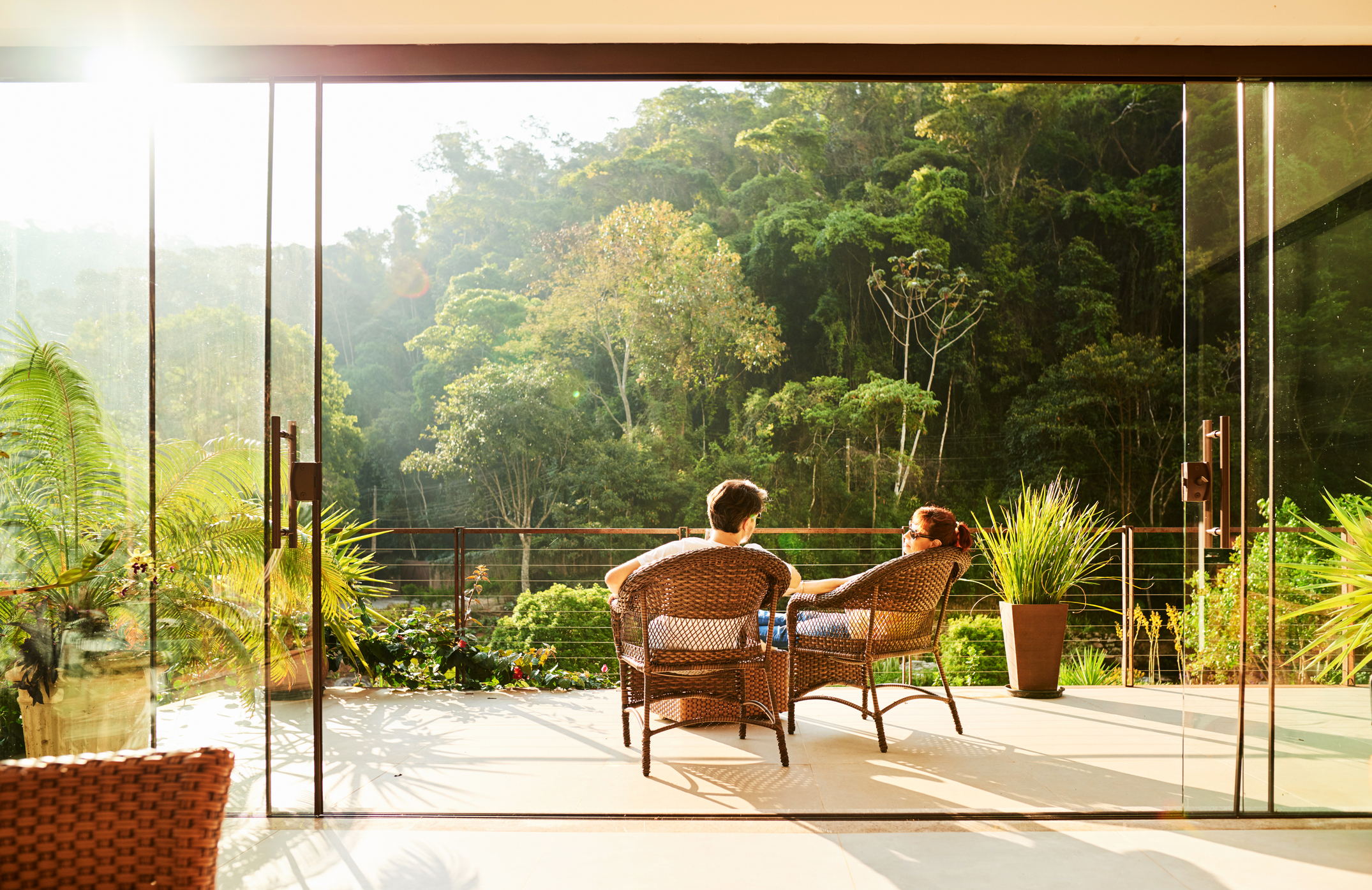Building a house using a TVD (Transformable Variable Design) Wall System approach has several benefits. One of the main benefits is that it allows for the construction of passive houses. Passive Houses are a term for a certified design standard to minimise the amount of energy required for heating and cooling, which can significantly reduce energy costs.
To explain TVD further, it’s a fast, simple and economical wall system that can be easily adapted and used in any architectural shape and standard of building, from social housing, to the most luxurious homes with the same quality of work. The basis of the TVD System are Thermo Panels that enable fast structural erection and satisfy structural, physical and ecological requirements. It consists of a prefabricated electro welded steel frame and thermal insulation, dry-set and completed in-situ with spray concrete. These panels can then be used as vertical bracing walls. The benefit of this TVD wall system is it enables precise, quick building.
The TVD wall system approach of using concrete for both the external and internal walls, with foam in the centre, provides excellent insulation properties. This helps to keep the house warm in the winter and cool in the summer, reducing the need for heating and cooling systems.
Additionally, this wall system approach is highly resistant to mould and condensation, as compared to a timber-framed home. This is because timber is a natural material and can absorb moisture, whereas concrete and foam do not absorb moisture.
So, what does TVD Wall Systems have to do with Passive Houses?
Simply put, buildings constructed using a TVD System are low energy homes which are also eco friendly. This aids in meeting insulation standards which are a vital element when building or renovating a home to comply with Passive House standards.
Passive Houses or “passivhaus” as it’s known in Germany (the country where this principle was first developed) refers to a design standard that achieves healthy, comfortable and efficient buildings.
Finally, the addition of a Heat Recovery Ventilation System can further improve the energy efficiency of the house. This system captures the heat from the outgoing air and uses it to warm the incoming air, reducing the need for additional heating.
Overall, the TVD wall system approach with concrete and foam, combined with heat recovery ventilation, can provide a highly energy-efficient and comfortable living environment which can help to achieve Passive House standards.
Vector HRV are experts in Heat Recovery Ventilation, and provide consultation in Passive House as well as TVD Wall Systems. To find out more about any of these products or solutions, book in a no obligation consultation with our expert team on 0435 906 506.


